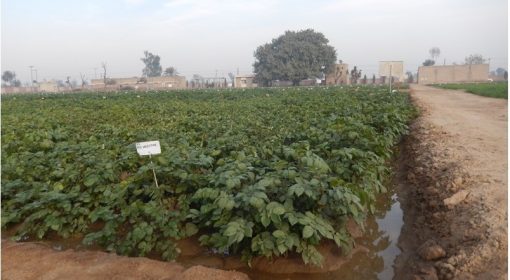
By Frank van Steenbergen and Karim Nawaz
Postcard from Qila Abdulllah but it is with sad news. Qila Abdullah is one of the Northern Districts of Baluchistan, Pakistan’s large arid western Province. Some consider the Province the fruit basket of the country – supplying apples, cherries, pomegranates, and off-season vegetables – to the rest of Pakistan. In spring there has been for several decades the spectacular beauty of the blossoming orchards in the middle of a stone desert landscape. Fed by groundwater, this miracle is becoming something of a fata morgana. It is about to disappear.
The fruit orchards were first supplied by relatively shallow groundwater – from the indigenous qanat-like tunnel systems, called karez, and from shallow dug wells. As much more water was used than replenished from the scarce rainfall, the groundwater table declined. The response was to chase this by making ever deeper tube wells, reaching more than 200 to 300 meters deep. This ploy had to end as well with the deeper groundwater being exhausted in due time. This is now the picture: many deep tube wells abandoned, and orchards supplied by pipelines several kilometres long, fed by the few remaining operational tube wells. After fifty years, it is the end game. The writing has been on the wall for quite some time for the aquifer systems in the Pishin-Lora Basin, Baluchistan’s most intensely used farming area.
This is not a drought by nature. This underground drought is caused by men, still using the last remaining water for irrigation, even of some low value crops. There may be some respite in better harvesting water and recharging groundwater table, something not done yet. This may restore some shallow dug wells as they respond to recharge quickly and keep some of the current fruit cultivation going on, provided the landscape level water harvesting is done with zeal. Even then most of the water fruit cultivation will disappear from Qila Abdullah and the water rush will come to an end.



